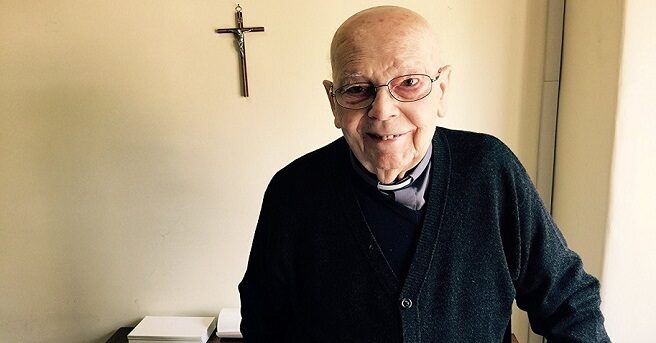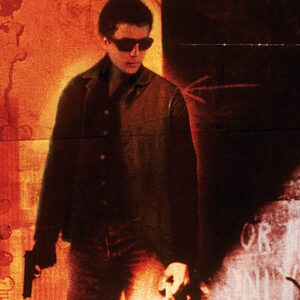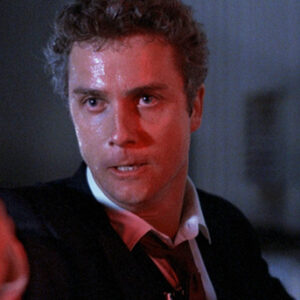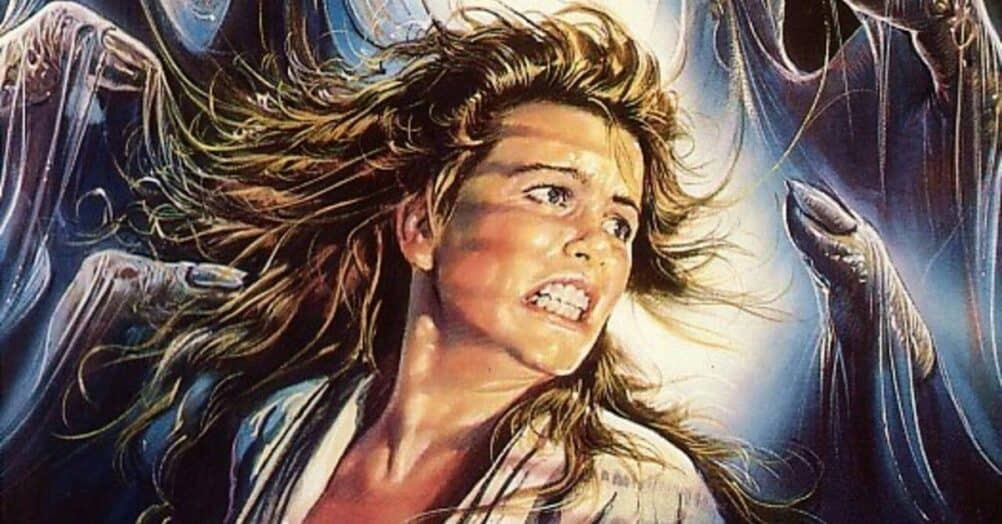Last Updated on July 30, 2021
PLOT: Armed with a single camera, no lights or crew, director William Friedkin films the ninth exorcism of an Italian woman, performed by famed priest, Father Gabriele Amorth.
REVIEW: Evil is only as potent as the belief you lend to it. That is, to even think about the forces of darkness is to inherently invite them in. Such a theme hovers like a fed-up fantom over THE DEVIL AND FATHER AMORTH, William Friedkin’s curious but uneven new documentary that soberly probes the question of whether religious exorcisms really do work in ridding evil possession, or if, through the power of suggestion, they can inadvertently inflict more harm than good. Greater questions are posed than answers given in this regard, all of which revolve around the centerpiece of the 68-minute account, an awkwardly anticlimactic but nevertheless fascinating real-life exorcism performed on a demonically possessed Italian woman. It’s worth judging the veracity of the event yourself, even if it’s nowhere near as harrowingly sensationalized as in Friedkin’s THE EXORCIST, arguably the greatest horror film ever made. Whether it’s done out of a pathetically effete attempt to cash in on what made him so famous four decades ago, or done out of a sort of sympathetic obligation that success yielded, I can’t quite tell. Either way you frame it, THE DEVIL AND FATHER AMORTH is a brisk, mildly enthralling watch from an old master!

Before we get to witness the actual exorcism, we’re given a bit of contextual back story. Gabriel Amorth, a 91 year old devout Catholic, has served as the chief exorcist for Roman Diocese since the 1990s. Having performed countless exorcisms, Amorth is recognized as the absolute authority on the matter. We’re given a few testimonials as to the power of his prayer, as a man and his once demonically gripped sister sought the help of the Father many years before. The man recounts seeing his sister in the throes of Satan himself, her belly swollen, her strength superhuman, her body slithering around on the floor like a feral serpent, her voice overtaken by a hostile intonation. Father Amorth worked his words and poof, the woman snapped out of it like that. Some aren’t so lucky though. If one possession ends, it could strike again at any time, without warning. Sometimes these violent attacks are felt daily, while others can be spread out over the course of many weeks or months. The key variable the movie ultimately posits? The more you think about these things, the greater credence you give it, and the more you invite it into your mind, body and soul.
As for the actual exorcism, by Friedkin’s own admission, it’s nothing of the sort we’ve seen in the movies. Granted permission to film with only a single camera, without a crew or proper lighting, Friedkin enters a room with Father Amorth, the afflicted woman Christina, and a whole host of her family members. She sits upright in a chair, needing as many as four grown men to hold her down at times. When the prayer begins, Christina’s body seems genuinely overtaken as if in a dissociative trance, her body thrashing around, her face painfully convulsing. It’s fascinating to see, no doubt, even if it pales in comparison to the horrifically over-the-top sensationalistic depiction seen on film. I will say the most alarming part of the whole exorcism is the possessed voice that comes out of Christina’s mouth. It’s an aggressive, guttural growling that almost sounds as if two different voices have been laid over each other. The amplification effect is downright disturbing, especially since we gather at this point that Christina is not putting on a charade. I wish this were scarier on the whole, but it’s still worth seeing how a genuine exorcism is performed and the results it produces.

Dramatically, what drives the aftermath of the ritual is the tug-of-war between spiritualism and psychiatry. Friedkin insists on finding the opinions of both sides of the aisle. He interviews renowned neurosurgeons and psychiatric doctors to determine whether they deem what Christina has is treatable by medicine. On the other hand, Friedkin gauges the opinions of other high-priests and archbishops to assess whether or not intervening prayer is the answer. The responses vary to interesting degrees, often at odds with each other, with the underlying takeaway being that, depending on how religiously surrounded your life may, if you believe in the devil, you are more susceptible to his evildoing than if totally secular. Out of sight out of mind, that seems to be the best remedy regardless of whether it’s your soul or mind-state that is held hostage. In a way, much like the entirety of the movie itself, the ideas for resolution feel underwhelming, incomplete, borderline dissatisfying in the answers it provides.
The biggest question though is, why now? Why more than 40 years after scaring the ever-loving-wits out of millions of moviegoers with THE EXORCIST, is now the time to readdress such a tough topic? Friedkin laments how, despite making perhaps the most terrifying film of all time, that he never actually witnessed a real exorcism prior to making the movie. Or until now, for that matter. I get a sense that Friedkin can’t help but feel a sense of cultural culpability for foisting such a topic on the world back in 1973, and that he can’t quite reckon with the undying popularity the notion of exorcism still clings to today. I sense a man, now 82 years old, reflecting on life, death, good, evil and how one’s own existential experience can account for such. It’s a noble intention, if true, and even if the movie feels sleight and somewhat unfairly weighed against the expectation THE EXORCIST invariably conjures, is still worth checking out at least once. It’s the philosophical pull between science and religion where the devil in the details can be found, if you care to look.


































Follow the JOBLO MOVIE NETWORK
Follow us on YOUTUBE
Follow ARROW IN THE HEAD
Follow AITH on YOUTUBE